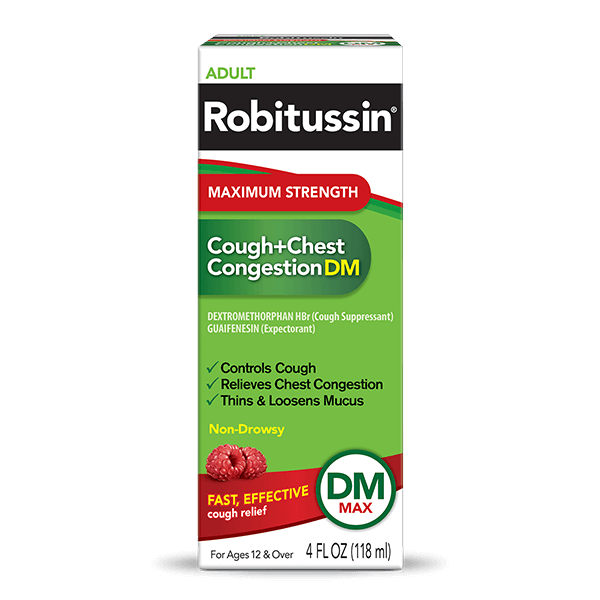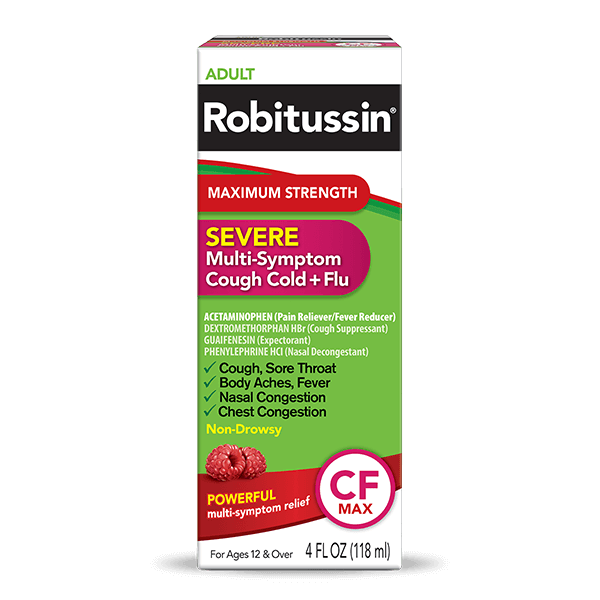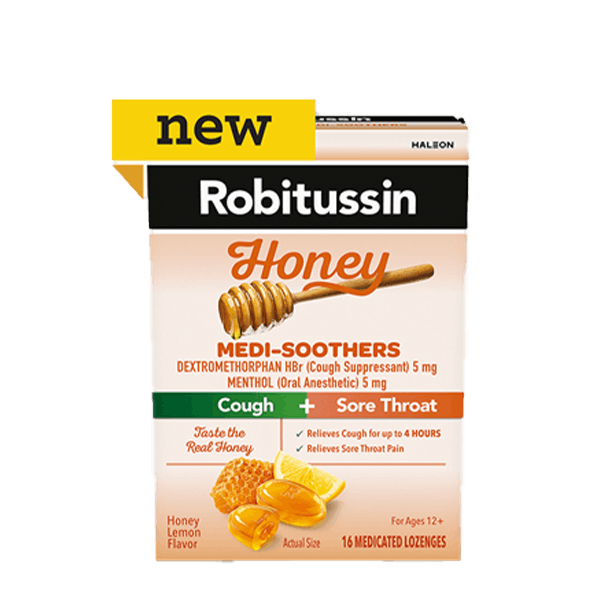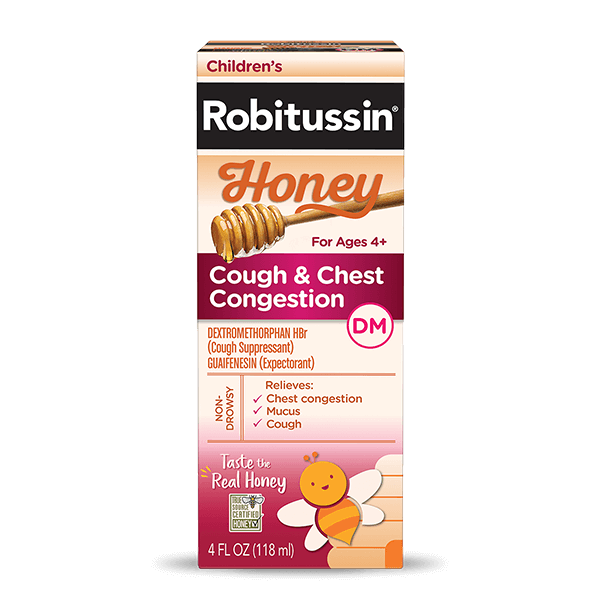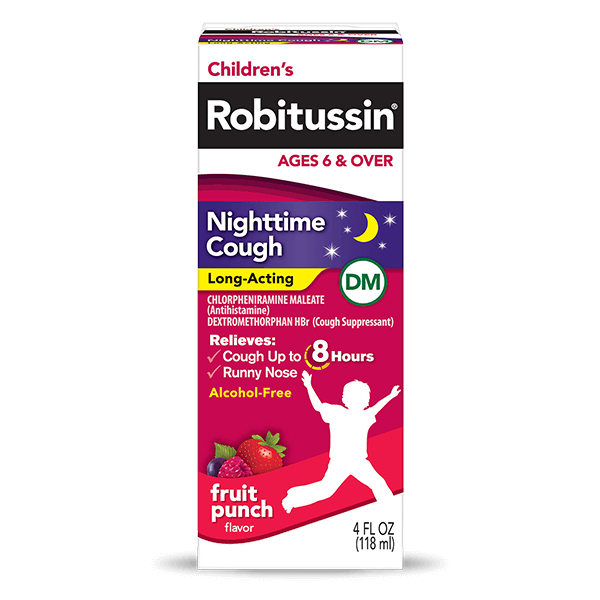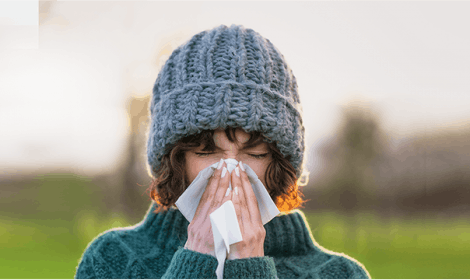Sinus vs. Nasal Congestion
Experiencing any form of congestion while you’re feeling sick is no fun. The constant sensation of stuffiness and pressure can really get to your head—especially when the pain is in your head. Both sinus congestion and nasal congestion cause you to feel stuffiness in your head when you are sick, giving you another painful thing to deal with while you recover. Because these two forms of congestion affect similar parts of the body, they are often thought to be the same thing. However, sinus congestion is a separate condition from nasal congestion and can affect your head in different ways. Learn more about what sinus congestion is and how it differs from nasal congestion.

What is Sinus Congestion?
If you’ve ever dealt with sudden pain in your face or a persistent stuffy nose, you may have been experiencing sinus congestion. The paranasal sinuses are located in your head close to your eyes and nose.1 Your sinuses make thin mucus that drains out to keep the nose free of bacteria, but bacteria can grow in the sinuses if they are blocked and filled with fluid.2 Once bacteria grow in the sinuses, a sinus infection called sinusitis forms.1 Sinusitis occurs when the sinuses become blocked from swelling due to inflammation caused by infection or allergies.1 If you have a runny nose, stuffy nose, yellow/green discharge or sinus pressure that lasts longer than 10 days and feel persistent facial pain, your sinuses may be infected.3 Sinusitis that is caused by bacteria cannot be spread, but the viruses that lead to sinusitis can be spread to others.1
Because your sinuses are in your head, the pain from congested sinuses can often feel like a headache. In fact, sinus congestion pain is classified as a secondary headache, a type of headache that is related to another medical condition.4 When you’re dealing with an infection in your sinuses, it can sometimes feel like your whole head is congested. In addition to head pain, infected sinuses can also cause yellow/green discharge from your nose, facial pressure around the sinuses, halitosis (bad breath), fever and pain in your teeth and ears.1 Most cases of acute sinus infections last about 10 days, but long-term cases (also known as chronic sinusitis) can last at least 12 weeks. See a doctor for treatment options if your symptoms do not improve or worsen after 10 days.1
What is Nasal Congestion?
Nasal congestion is similar to sinus congestion as it is associated with obstructed breathing through your nose.5 The primary cause of nasal congestion is the inflammation of the blood vessels in the tissues lining the nose.5 Increased mucus secretion is another way nasal congestion occurs and causes stuffiness.5
The main difference between nasal congestion and sinus congestion is that nasal congestion can be caused by a lot of different medical conditions, whereas sinus congestion specifically occurs when your sinuses are blocked. Some conditions that lead to nasal congestion include allergies/exposure to allergens, irritants like smoke and perfume, changes in temperature, infections like the common cold and medications.5 Infected sinuses also count as a condition that leads to nasal congestion.5
Nasal congestion usually doesn’t cause anything more serious than discomfort or frustration, but a trip to the doctor’s office may help if you suspect your congestion is caused by a bacterial infection.5,6 Some signs of bacterial infection include nasal discharge that is yellow or bloody and fever.5 Sleep problems can occur in adults and children with nasal congestion, and babies may have feeding problems.5 If you have a newborn who is having trouble with nursing or taking a bottle because of nasal congestion, contact your pediatrician immediately.5
How Do You Treat Sinus or Nasal Congestion?
Most of the treatment options for sinus congestion can be used to treat nasal congestion as well. Drinking plenty of fluids and using nasal washes or saline sprays can help relieve both sinus and nasal congestion.1,5 Increasing fluid intake helps thin out any nasal secretions, and nasal saline washes can help remove irritants and excessive mucus to make it easier to breathe through your nose.1 Most sinus and nasal congestion is caused by viral infections, so it may help to talk to your doctor about finding medications that work best for your condition.1,5 Acupressure, acupuncture or facial massage may be helpful in reducing pain and pressure symptoms of sinus congestion.5 You are more likely to avoid both types of congestion by staying away from allergens like dust and pollen and by practicing good hygiene.1,5
Over-the-counter medicines that treat congestion can also help relieve both types of congestion and treat other symptoms of cold and flu. Find relief from your congestion with Robitussin Maximum Strength Severe Multi-Symptom Cough Cold + Flu. Each dose of this powerful formula works to relieve symptoms of congestion and pain.
Congestion of any sort can feel irritating, but even the stuffiest of noses can find relief over time. Learn about how cold medicine works and find helpful health advice from the Robitussin Cough and Cold Center.
References
- Sinus Infection (Sinusitis). Cleveland Clinic. https://my.clevelandclinic.org/health/diseases/17701-sinusitis Accessed 12/2/2021.
- How to Tell If Your Cold is Actually a Sinus Infection. Cleveland Clinic. https://health.clevelandclinic.org/cold-really-sinus-infection-tell/ Accessed 12/2/2021.
- Acute sinusitis. Mayo Clinic. https://www.mayoclinic.org/diseases-conditions/acute-sinusitis/symptoms-causes/syc-20351671 Accessed 12/2/2021.
- Headaches. Cleveland Clinic. https://my.clevelandclinic.org/health/diseases/9639-headache Accessed 12/2/2021.
- Nasal Congestion. Cleveland Clinic. https://my.clevelandclinic.org/health/symptoms/17980-nasal-congestion Accessed 12/2/2021.
- Nasal congestion. Mayo Clinic. https://www.mayoclinic.org/symptoms/nasal-congestion/basics/when-to-see-doctor/sym-20050644 Accessed 12/2/2021.
- **True Source Honey is ethically and transparently sourced. Click here to learn more
- ^Read more about our non-GMO standard. here
- ⚬This product contains the active ingredients Dextromethorphan.
- **This product contains the active ingredients Dextromethorphan and Guaifenesin.
- *These statements have not been evaluated by the Food and Drug Administration. This product is not intended to diagnose, treat, cure or prevent any disease.
- Use as Directed.
